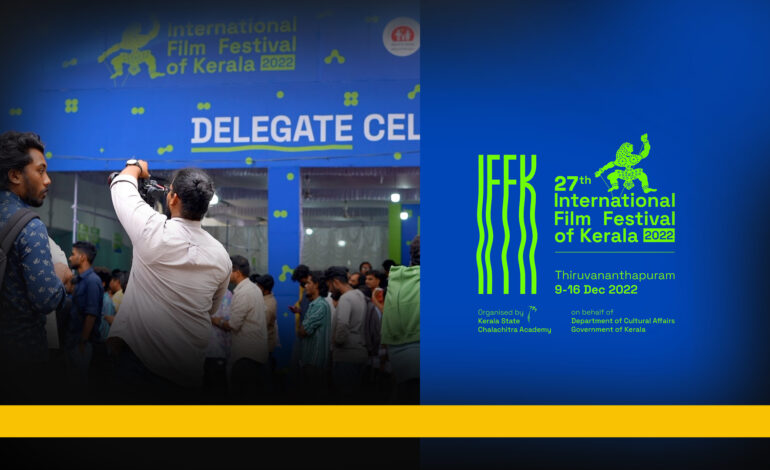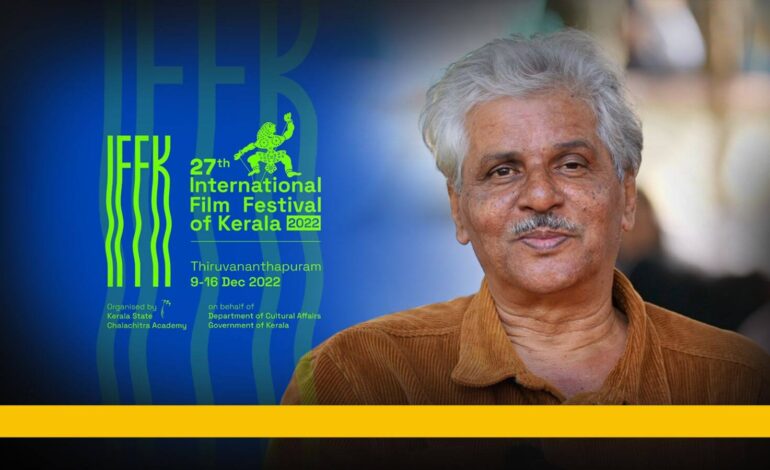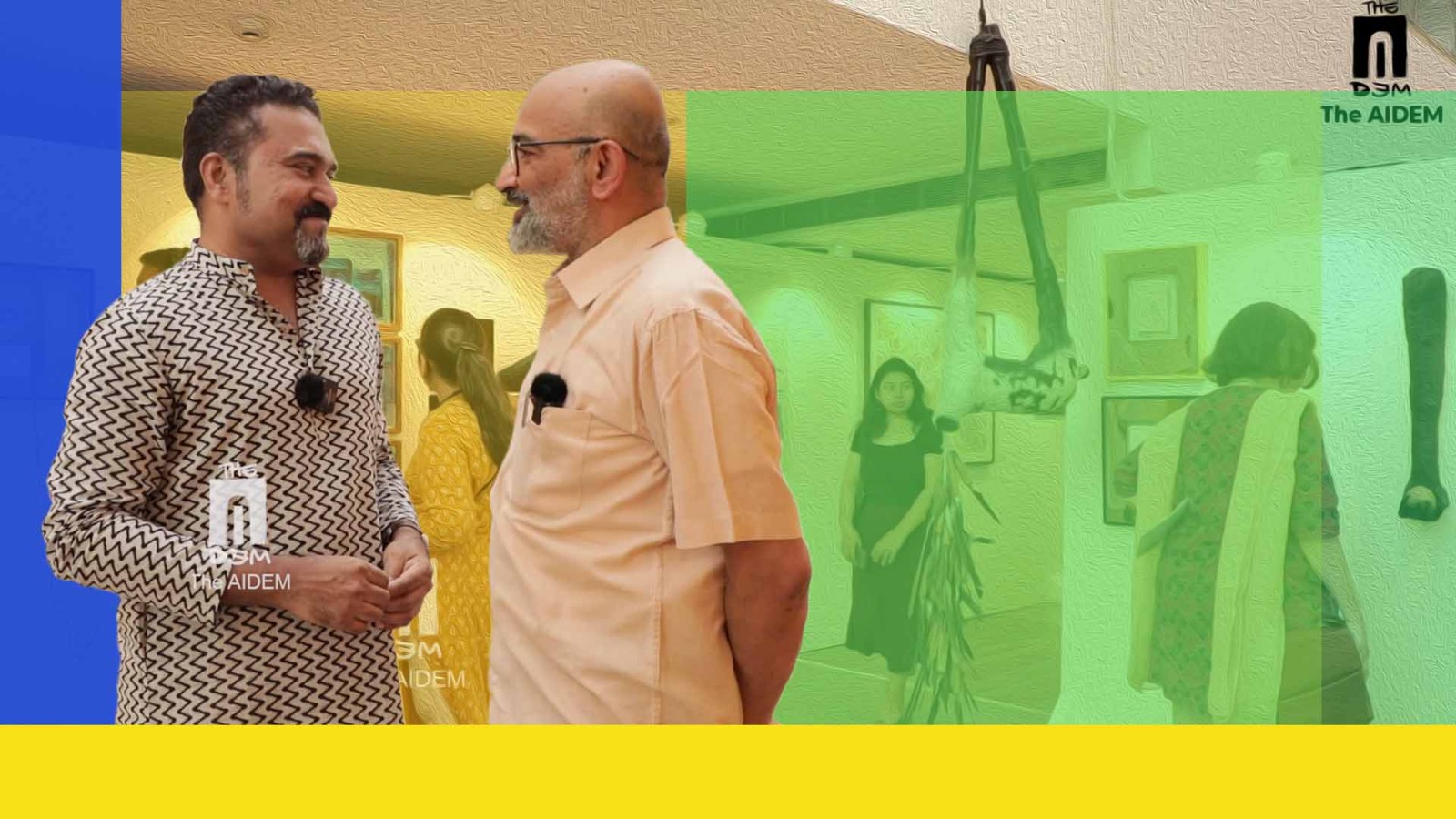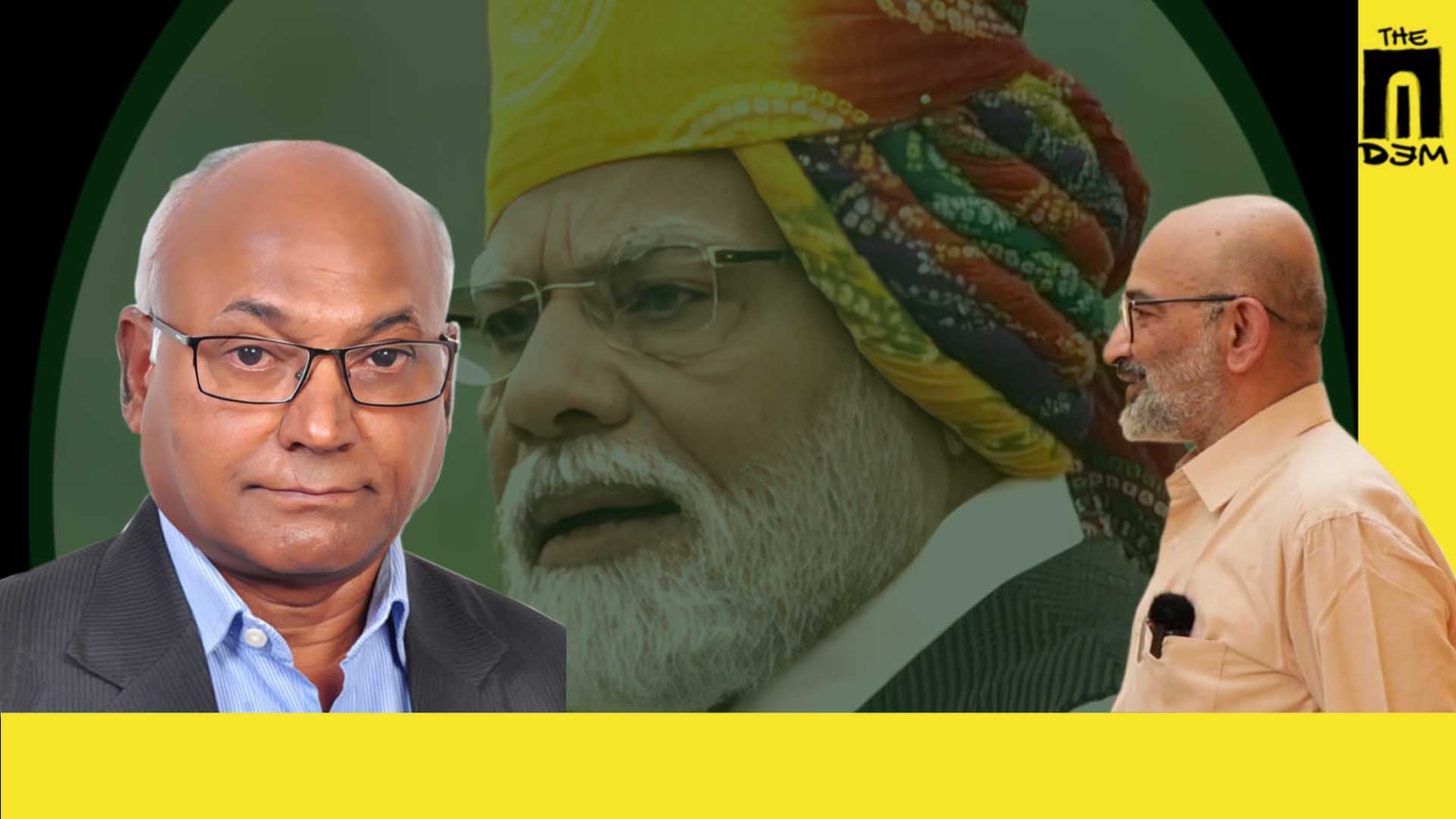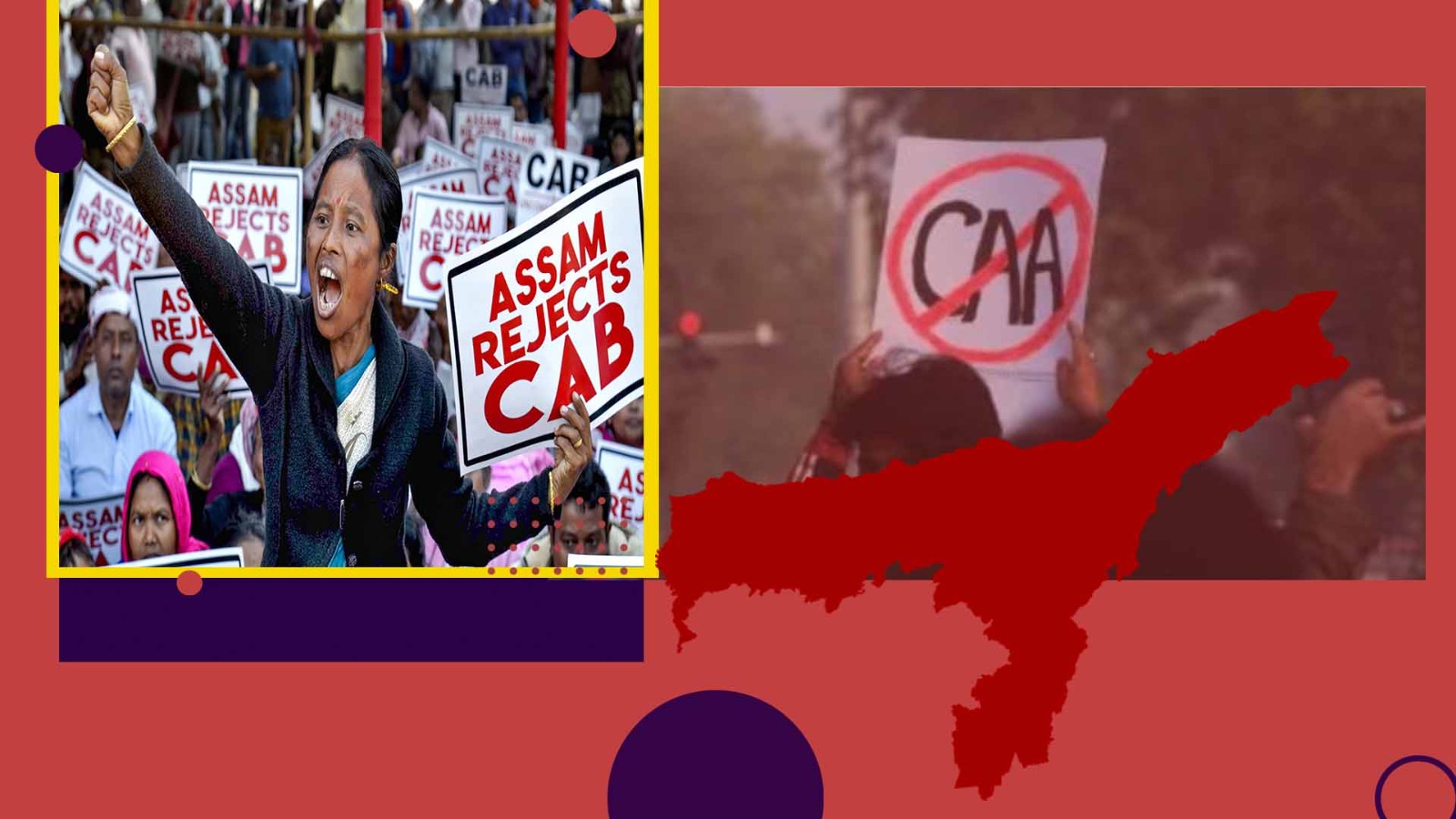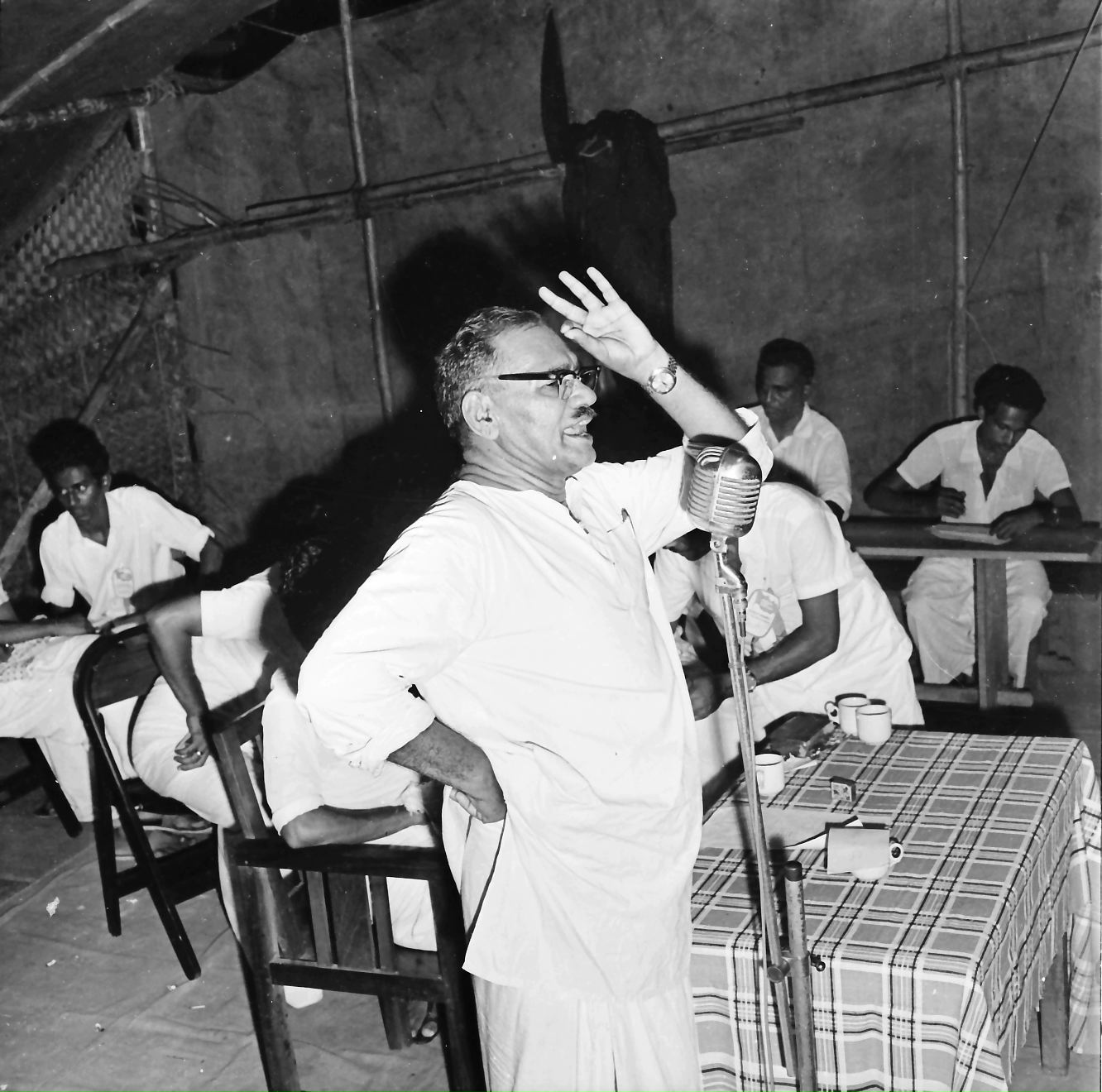Why is Iran Burning? When Revolutions Devour their Children
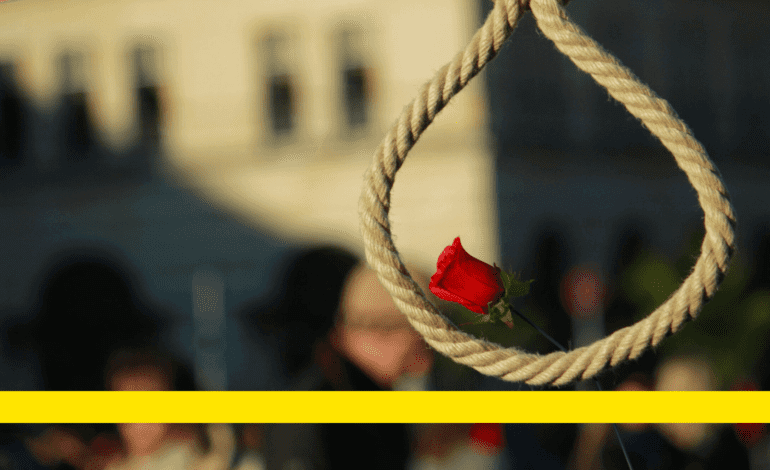
‘Revolution devours its children.’ This phrase had gained public acceptance as well as a sort of philosophical credence after the French Revolution, which defined modernity and its values. Many revolutions that took place in different parts of the world in the period following the French Revolution had, in many ways, justified the relevance of this saying. The 1979 Islamic Revolution in Iran is no different. What the world is witnessing from Iran now, four decades after the Islamic Revolution, has also brought into focus the varied orbits through which ‘a revolution’s children’ are eaten up .
The starting point of the current series of events was the September 16, 2022 custodial death of Mahsa (Jina) Amini, a 22-year-old Iranian-Kurdish woman, who was arrested by the Morality Police force of Iran known as the known as Gasht-e Ershad locally. Iran has seen no peace through all the days – over three months – that have followed this custodial death. Mahsa Amini’s provoked such public anger that every day after that was marked by revolutionary protests and disturbances all over Iran, belying all the pretences of the government that it is a regime that has brought peace to the country.
In other words, the facade of peace put out by the Iranian government has got swamped by relentless public outbursts. And, clearly, this situation seems to have brought in a realisation of sorts in the Iranian government that things are going out of its control. An indicator of this can be seen in Iranian Attorney General Muhammad Jaffer Montessori’s disclosure that the Morality Police, whose actions caused the killing of Mahsa (Jina) Amini is being disbanded .
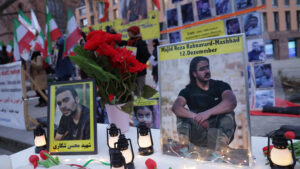
The dimensions of the agitations over the last three months need to be understood to make sense of the government’s backtracking about the Morality Police. Iran had witnessed massive uprising not only along its western parts, where the Kurdish community (to which Mahsa Amini belonged) has a strong presence, but also in the southeastern provinces of Sistan and Balochistan. Even the capital city of Tehran was turbulent with these rebellious voices seeking justice. The Oslo-based Human Rights Centre stated that as many as 448 people have died in the violence unleased by the military and police forces of Iran. The official figures, however, admitted only the death of about 200 people. The most distressing aspect of these figures is that 64 of those killed are children.
Protesters have asserted that the disbanding of the Morality Police would not silence them and that their actions would continue. Their central slogan, Jin Jiyan Azadi (Women, Life and Freedom) continues to reverberate across the protest sites. Although this powerful slogan had originated from within the Kurdish community, it has found acceptance across Iran as also other nations. The Iranian government continues to claim that the agitations are driven by anti-nationals supported by enemy countries such as the United States and Britain. The government’s version is that this is sponsored chaos which will do nothing to the stability of the Ali Khameni regime.
Change in Hijab Law?
This was reiterated recently by Major General Hossein Salami, Commander-in-Chief of the Islamic revolutionary Guard Corps (IRGC). He was talking to approximately 10,000 soldiers of Basij Militia, one of the five of units of the IRGC, at Zahedan His speech was preceded by the killing of nearly 100 people, including a 9-year-old girl, in the Balochistan province alone. Salami brushed aside these deaths as inconsequential and asserted that it does not matter even if these protests led to a world war and it would ultimately result in Iran eradicating its enemies. In his opinion, it is a direct conflict between the believers of Islam and the kafirs (non-religious persons) . He also added that no believer can stay away from the struggle to uphold religious Islam.
Despite all such claims of valour, courage and determination accompanied by serial killings of the protestors, the fact remains that the Iranian government and the Shia clergy that is directing the government have been forced to give in to the pressure created by the protests. According to an AFP report, the government has not only disbanded the Morality Police but it is also reviewing the law that makes head scarf (hijab) mandatory for women. Apparently, there are suggestions to alter the law too.
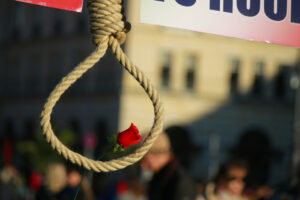
According to Muhammad Jaffer Montessori, the details of the needed legal changes are being looked into. However, since the government and the parliament are still under the firm grip of conservatives, it needs to be seen how far such moves would go. President Ebrahim Raisi has declared that the bonding between the Iranian Republic and Islam is as unshakable as cast iron. At the same time, he also stated in a televised address that there could be some flexibility in terms of the changes in law that the government was contemplating.
Iran had initiated the hijab law in 1983, four years after the revolution which overthrew the U.S.-supported colonial regime of Shah. Right from that time, there was a debate on how the law should be implemented. The conservatives wanted hijab to be compulsory while the reformists – who too accepted the ambit of Islamic law in government- argued that it should be a matter of individual choice. The conservatives’ diktats included restricting the women’s choice in wearing tight jeans, ornaments and loose modern clothes. However, in the context of the recent developments, a reformist political organisation like the Union of Islamic Iran Peoples Party has publicly raised its voice against the forced implementation of the hijab law and had given a public call to disband the Morality Police. The party has also stated that peaceful, non-violent protests should be routinely allowed in the country.
Silent protest at Football World Cup
The Football World Cup tournament in Qatar has also played a big role in bringing the protests to global attention. In the first match of the Iran team held at the Doha stadium, the Iranian players showed their support to the protests by not singing the national anthem. In many ways, their silent protest conveyed to the world the message about the difficulties and restrictions their friends face in Iran. Iran was thrashed in the match by England with a score of 6-2 and later the team was out of the tournament. The defeat was publicly celebrated by large sections of the Iranian population as a defeat of their government. The argument was that the team officially represented the government. The police opened fire against these ‘celebratory processions’, resulting in the death of the 27-year-old Mehran Samak in the Kurdish region of Sanandaj.
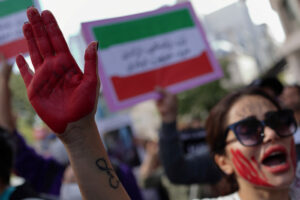
Issues of National Identity
Apart from questions like women’s freedom, human rights, modernity, religious influence, priesthood and imperialism, the issues related the ideals of the nation and the national identity of Iranians and Kurds are raised in the struggles that are shaking the grounds of Iran. It was the fall of the Ottoman empire that brought into focus the question of national identity in West Asia. Arab, Kurdish, and Turkish national identities became focal issues and the demand for geographical nations representing these identities also grew stronger at that point.
Turkey evolved in the Anatolia region out of the Turkish civilisation Turkey and Mesopotamia became the home of the Iraqi nationalities. Along with the formation of these nations, many communities and nationalities experienced splits and even extinctions. The Assyrians formed one such nationality but Assyria is now just a label as no geographical entity by that name exists now. The Assyrian community can be found in countries like Iraq, Syria, and Iran these days. The Armenians found a place initially within the erstwhile Soviet Union, they exist as a separate country now.
The Kurdish Tragedy
The Kurds survived many types of attacks, including genocide lasting several decades. As a result, they are scattered and live in countries such as Turkey, Iran, Iraq, and Syria. Currently, around 50 lakhs of Kurds live in Iran. They are split across the provinces in Kermanshah in Azerbaijan and some are in the regions of Mazandaran and Khorasan. The Kurds are alienated from their language, religion, culture, literature and cinema. At the level of civil society, their beliefs and rights are also constantly repressed . The majority of the Kurdish are Muslims of Sunni and Shia sections. Many groups of Kurds believe in pre-Islamic religious tenets too.
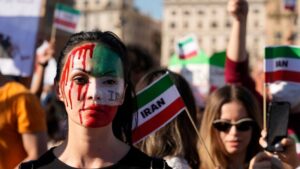
The Iranian activists and their supporters in the West were not ready to accept at face value the claims of the Iranian government that it will move against the Morality Police. They are of the view that the time has yet not come to believe that there would be substantive changes with regard to the rights of women and their freedom.
The words of Roya Boroumand, one of the founders of the Abdurrahman Boroumand Center Rights Group and Omid Memarian, belonging to the Group Democracy for the Arab World Now, sum up these sentiments. Boroumand is of the view that unless problems relating to all the laws concerning the clothing of women and the private lives of citizens are not comprehensively addressed and the laws and restrictions related to them removed completely, the talk of disbanding the Morality Police would be a mere gimmick. He also thinks that the suspension of the Morality Police will not bring any change to the country and that such gimmicks will not help stop the widespread civil disobedience movement of women.
Amidst all this, the words of personalities like Shadi Sad, one of the founders of the Group Justice for Iran, are rising high and spreading wide. He said that the citizens of Iran and the current movement shall not rest unless and until there is a regime change in the country.
Read this article in Malayalam, ഇറാനിയന് സ്ത്രീയുടെ വസ്ത്രജീവിതങ്ങള്
(Translated from Malayalam by Alida Shahid)
Subscribe to our channels on YouTube & WhatsApp


